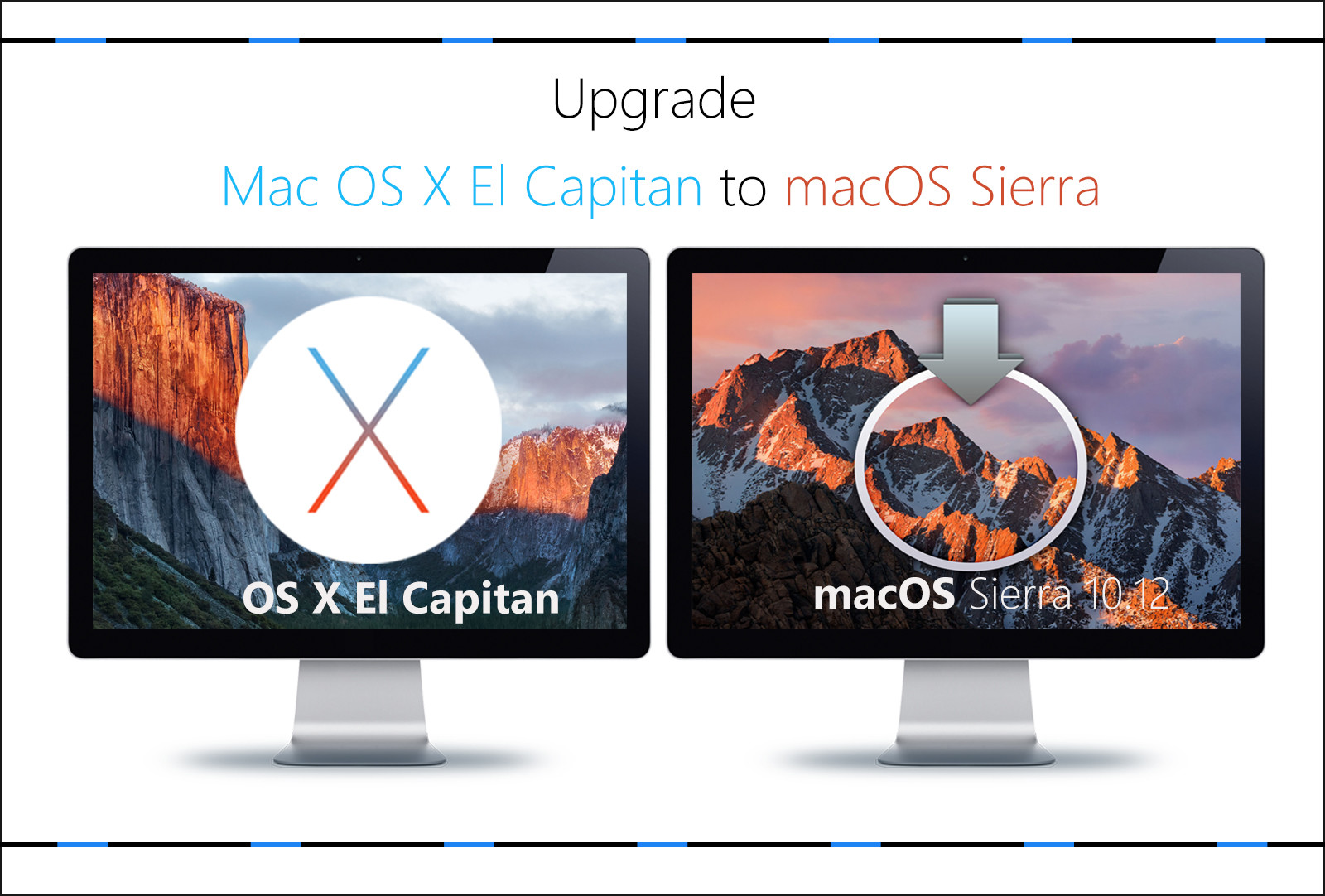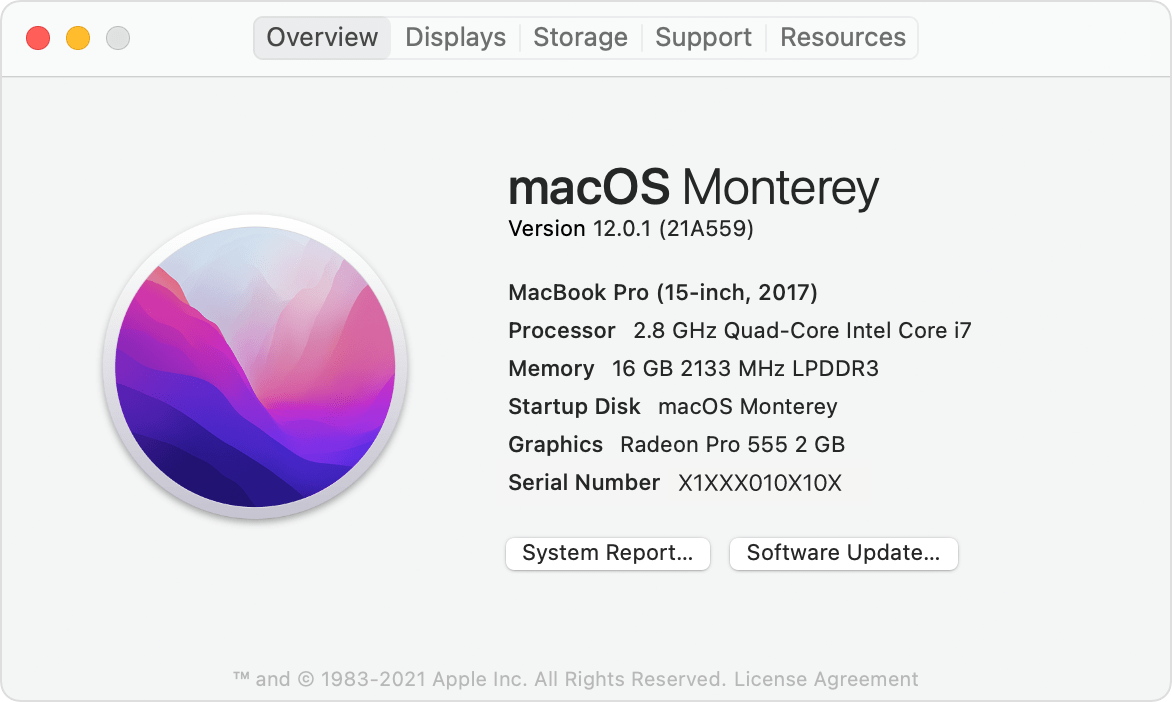
- LATEST VERSION OF MAC OS X MAC OS X
- LATEST VERSION OF MAC OS X DRIVERS
- LATEST VERSION OF MAC OS X PLUS
- LATEST VERSION OF MAC OS X MAC
It also supported the innovative Enterprise Objects Framework database access layer and WebObjects application server development environment, among other notable features.
LATEST VERSION OF MAC OS X MAC
This environment is known today in the Mac world as Cocoa.

It featured an object-oriented programming framework based on the Objective-C language. NeXTSTEP was based on the Mach kernel developed at CMU (Carnegie Mellon University) and BSD, an implementation of Unix dating back to the 1970s. The hardware was phased out in 1993 however, the company's object-oriented operating system NeXTSTEP had a more lasting legacy. As the first workstation to include a digital signal processor (DSP) and a high-capacity optical disc drive, NeXT hardware was advanced for its time, but was expensive relative to the rapidly commoditizing workstation market and marred by design problems. Ī diagram of the relationships between Unix systems including the ancestors of macOSĪfter Apple removed Steve Jobs from management in 1985, he left the company and attempted to create the "next big thing", with funding from Ross Perot and himself. The current major version, macOS 12 Monterey, was announced in WWDC 2021 and released on October 25 of that year the latest version of macOS 12, macOS 12.3, was released on March 14, 2022. MacOS retained the major version number 10 throughout its development history until the release of macOS 11 Big Sur in 2020 releases of macOS have also been named after big cats (versions 10.0–10.8) or locations in California (10.9–present). The operating system was further renamed to "macOS" starting with macOS Sierra. Lion was sometimes referred to by Apple as "Mac OS X Lion" and sometimes referred to as "OS X Lion", without the "Mac" Mountain Lion was consistently referred to as just "OS X Mountain Lion", with the "Mac" being completely dropped.

LATEST VERSION OF MAC OS X MAC OS X
Starting with the Intel build of Mac OS X 10.5 Leopard, most releases have been certified as Unix systems conforming to the Single Unix Specification. Starting with Mac OS X 10.7 Lion, macOS Server is no longer offered as a separate operating system instead, server management tools are available for purchase as an add-on. Since then, several more distinct desktop and server editions of macOS have been released. MacOS was first released in 1999 as Mac OS X Server 1.0, with a widely released desktop version- Mac OS X 10.0-following in March 2001. To ease the transition, versions through 10.4 were able to run Mac OS 9 and its applications in a compatibility layer. The transition was a technologically and strategically significant one. However, the current macOS is a Unix operating system built on technology that had been developed at NeXT from the 1980s until Apple purchased the company in early 1997.Īlthough it was originally marketed as simply "version 10" of the Mac OS (indicated by the Roman numeral "X"), it has a completely different codebase from Mac OS 9, as well as substantial changes to its user interface. That system, up to and including its final release Mac OS 9, was a direct descendant of the operating system Apple had used in its Macintosh computers since their introduction in 1984. In any case such an endeavor is not trivial.The history of macOS, Apple's current Mac operating system formerly named Mac OS X until 2012 and then OS X until 2016, began with the company's project to replace its "classic" Mac OS. this guide on MacRumors for OS X Yosemite (10.10). If you search the Internet you will find verious reports, e.g. It seems to be possible to get up to El Capitan (10.11) but all of it without accelerated graphics.
LATEST VERSION OF MAC OS X DRIVERS
AFAIK only Mountain Lion (10.8) works with the incomplete 64-Bit drivers from Mac OS X 10.6.2. One of those attempts is MacPostFactor and macOS Extractor by OS X Hackers.

There are unofficial attempts to get Mountain Lion (10.8), Mavericks (10.9) and Yosemite (10.10) on those otherwise unsupported Macs. The problem is that without the graphics drivers the OS doesn't work. They had only very basic functions (I think they lack support for both Quartz Extreme and Core Image) and were in a very early develpment state. They were even briefly included in Mac OS X 10.6.2 Snow Leopard. Since OS X 10.8 Mountain Lion the OS is exclusively 64-Bit.Īpple did try to get 64-Bit drivers for the Intel GMA950 as well as the GMA X3100. There are only 32-bit drivers (in OS X terms: kexts) available. The problem is the integrated graphics processor (GMA), in the case of the MacBook "Core 2 Duo" Early 2008 aka MacBook4,1 the Intel GMA X3100.
LATEST VERSION OF MAC OS X PLUS
On the plus side the MacBook4,1 has not only a 64-Bit CPU but also a 64-Bit EFI.


 0 kommentar(er)
0 kommentar(er)
